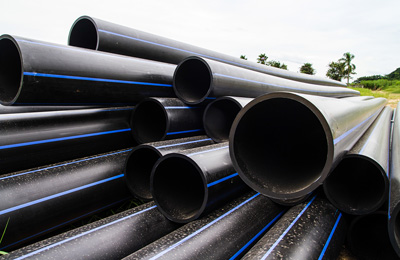
Ethylene output... set to grow by 10 million tonnes in Mideast
Mideast to see big growth in ethylene production
MANAMA, November 10, 2014
Following a growth rate of 9.1 per cent per annum between 2005 and 2013, the Middle East has become a centre of the global ethylene industry, a report said, adding that production volume in the region is projected to increase by up to another 10 million tonnes until 2021.
One of the main customers is China that imports large amounts of ethylene and ethylene-based plastics such as HDPE, LLDPE, and LDPE, added the new "Market Study Ethylene" by Ceresana, a leading international market research and consultancy company.
The majority of all ethylene produced is consumed in the polyethylene industry. Depending on density and rigidity of the product, polyethylene is classified as either HDPE, LDPE or LLDPE. Two thirds of global demand for ethylene in 2013 stemmed from the production of these plastics, the report said.
While demand for LDPE will increase only moderate, Ceresana forecasts a notable expansion of capacities for HDPE and LLDPE, in Asia-Pacific and the Middle East in particular.
Another application area of huge growth potential is the production of ethylene oxide. Ethylene oxide is mainly used to produce ethylene glycol which is a pre-product for polyester. The production of textile fibers is growing significantly, especially in Asia. Additionally, producers of ethylene oxide are profiting from the substitution of glass by PET bottles.
Ceresana forecasts global demand for ethylene in the production of ethylene oxide to increase by about 3.2 per cent per year.
Ethylene is the by far most important raw material in the petrochemical industry. About 130 million tonnes of ethylene were processed worldwide in 2013. Direct applications include, among others, the three polyethylene plastics HDPE, LLDPE, and LDPE as well as petrochemical intermediates, which are in turn mainly used for the production of plastics. The most important of these are ethylene oxide, ethylene dichloride and ethylbenzene.
Forced by much higher production costs in Europe, several European produces have already announced to close crackers or to change over to using imported ethane as feedstock.
Ceresana expects the global supply of ethylene to increase much more quickly than demand, due to massive capacity expansions.
As a result, capacity utilization will fall, increasing pricing pressure. Therefore, Ceresana forecasts revenues generated with ethylene to rise by 3.2 per cent per annum until 2021 and thus at much lower growth rates than in the previous eight year period. – TradeArabia News Service







